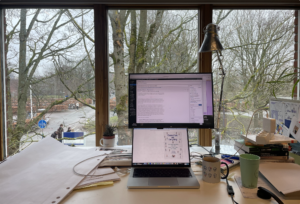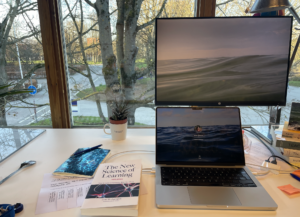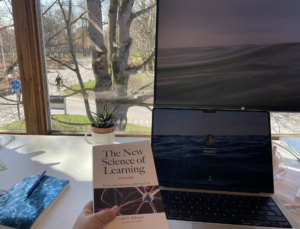
Connections are everything! (Currently reading: Felten et al., 2023)
Just a quick post to recommend a book: “Connections Are Everything: A College Student’s Guide to Relationship-Rich Education” by Felten et al. (2023), which is available as a free e-book, so…


